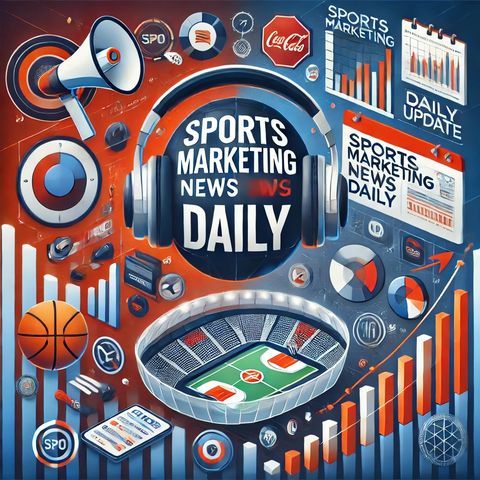14 NOV 2024 · In recent years, the intersection of sports and pharmaceuticals has emerged as a significant opportunity for pharmaceutical marketing. According to research from CMI Media Group's proprietary 2024 Media Vitals™ report, sports have become an influential channel for reaching healthcare consumers and professionals. This finding highlights the untapped potential of integrating pharmaceuticals within the realm of sports, underscoring the transformative power sports hold over target audiences in the healthcare sector.
The study indicates that two-thirds of patients and caregivers are influenced by sports marketing, emphasizing its efficacy as a communication platform. This unique intersection allows pharmaceutical companies to engage with a diverse audience, promoting healthcare products and services effectively through sports-related partnerships, endorsements, and sponsorships.
The rise of sports as a viable marketing avenue can be attributed to their broad reach and cultural significance. Major sporting events such as the Olympics, FIFA World Cup, and Super Bowl capture global attention, drawing in millions of viewers and presenting unparalleled opportunities for brand exposure. Pharmaceuticals can leverage these events to create innovative marketing campaigns that resonate with both sports fans and healthcare consumers.
Additionally, athletes themselves serve as influential figures who can enhance the credibility and appeal of pharmaceutical brands. By collaborating with athletes known for their commitment to health and performance, these companies can position their products in alignment with the values of fitness and well-being, which are inherently associated with sports.
Moreover, advancements in digital technology have further amplified the potential of sports marketing within the pharmaceutical industry. Social media platforms, streaming services, and virtual reality experiences offer dynamic avenues for reaching consumers with personalized and interactive content. This enables pharmaceutical companies to engage audiences more profoundly, fostering relationships that extend beyond traditional advertising.
It is worth noting that the strategic use of sports marketing within pharmaceuticals is not solely about direct-to-consumer advertising but also involves engaging healthcare professionals. Through sports, companies can create educational campaigns and provide information on new treatments, initiatives to promote public health awareness, and other healthcare solutions, aligning with professional development and interests in sports medicine.
In conclusion, the growing convergence of sports and pharmaceuticals marks a pivotal shift in marketing strategies within the healthcare industry. By recognizing and capitalizing on the inherent synergy between sports and health, pharmaceutical marketers can unlock new avenues to connect with their target audiences. This innovative approach not only enhances brand visibility and consumer engagement but also paves the way for fostering healthier communities through informed and inspired sports enthusiasts.


